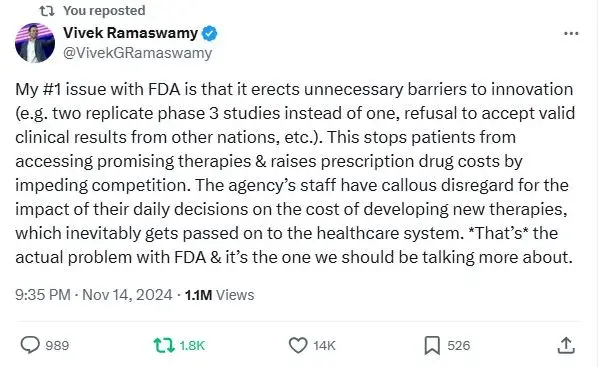I discussed Coegin Pharma (Sweden) last year after the company announced plans to release its FOL005 hair growth peptide gel as a cosmetic in 2025. Note that this osteopontin based product was originally developed by Follicum, which was acquired by Coegin Pharma in 2022. Follicum’s Phase 2 trial results came out in 2021 and showed that topical FOL005 resulted in a 6.6 hairs/cm2 increase in hair growth.
Coegin Pharma Enters the Hair and Skin Pigmentation Market
On August 8, 2024 Coegin Pharma made an interesting announcement. The company just signed an agreement with the University of Bradford (UK) to commercialize groundbreaking hair and skin pigmentation peptides. This technology was developed by the Dr. Julie Thornton led Centre for Skin Sciences (CSS) at the University of Bradford.
The agreement grants Coegin exclusive rights to license and commercialize the pigmentation peptides. The University of Bradford will receive royalty compensation based on product sales. Coegin aims to launch these cosmetic products for pigmentation as early as 2026 in collaboration with one or more commercial partners.
CSS has developed a peptide technology that adjusts the amount of melanin in hair and skin pigment cells. It does this by mimicking a naturally occurring protein affecting melanin transport. This method can be used to both increase and decrease pigmentation in hair and skin.
According to Coegin CEO Jens Eriksson:
“These pigmentation peptides are very exciting and could revolutionize the market for skin and hair pigmentation products. We look forward to starting the commercialization (which has many common denominators with our hair growth project FOL005), and aim for launch in 2026.”
Note that I first discussed the University of Bradford’s hair loss research program all the way back in 2014. Also of note, the university announced a partnership with Follicum in 2018 to develop new peptide based drugs to target hair loss and diabetes. That research collaboration began in 2019 and is now continuing with Coegin.
New Skin Pigmentation Product via Peptide NPP-4
On August 12, 2024 Coegin Pharma made yet another important announcement. The company plans to launch a novel self-tanning topical cosmetic product (based on the peptide NPP-4) as early as 2026. The global self-tanning market is worth more than $1 billion and is projected to reach $2 billion in 2032.
Note that the global skin bleaching (or skin whitening) market is worth a much higher $9 billion according to one estimate. The University of Bradford’s peptide technology can also lighten skin, but Coegin is choosing to focus on the skin darkening sector first.
NPP-4 stimulates the transportation of melanin to the outermost skin layer. This process mimics natural skin tanning via sunlight and tanning bed exposure. But without the health risks that are associated with prolonged ultraviolet (UV) radiation exposure.
Current self-tanning products contain harmful substances such as dihydroxyacetone (DHA). DHA increases the production of free radicals in the skin, which can lead to premature aging and damage to collagen and elastin.
Hyperpigmentation and Hypopigmentation Uses
According to Coegin, the potential uses of their various pigmentation peptides include:
- Increasing overall skin pigmentation. Self-tanning will be the main market.
- Increasing skin pigmentation locally (e.g., in cases of hypopigmentation and vitiligo).
- Restoring natural hair pigmentation (see my two main posts on grey hair cures).
- Decreasing skin pigmentation (e.g. for age spots, scars and other cases of localized hyperpigmentation).
They do not mention overall skin whitening, like they mention overall skin darkening. Skin bleaching is a far more controversial subject than is skin tanning. But perhaps their technology is just not suitable for overall (entire body) skin lightening?

